why stretching doesn't work
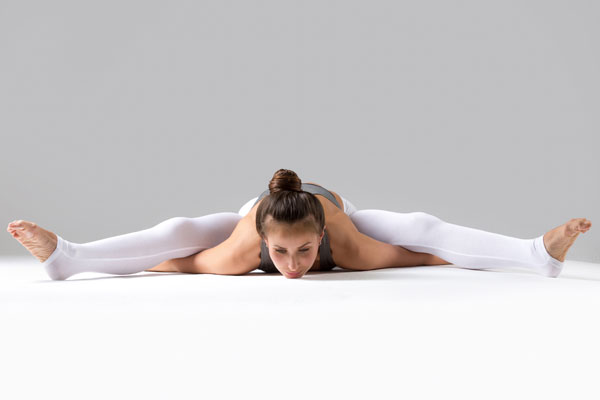
Stretching for low back pain might not be a good idea. Stretching is often prescribed for lower back pain, but in most cases will actually prolong the condition, even if it does provide some relief.
Confused? Excessive muscle tone can be responsible for some degree of back pain, typically during the initial injury. The increase in muscle tone is a protective tension to stop you doing what caused the injury in the first place. Stretching may help lower this tone and provide some relief for a period of time, perhaps even longer if done regularly.
However, common instructions such as lie down and pull your knees to your chest, will aggravate a disc-related lower back problem by flattening the spine and replicating the motion and posture that was responsible for lowering the tissue capacity in the first place. A disc injury occurs because the spine has already spent too much time in a flattened position, which leads to creep deformation and exposes the passive structures to an injury from a minor action like bending forward to tie shoes.
Similar advice to stretch the hamstrings is often given. The hamstrings are tight in many people, but this tends to be a protective tightness – again – due to incorrect motor patterns and consequent overuse. The gluteals are the muscles that are meant to extend the hip, but, in the majority of people with back pain, weak gluteals allow the hamstrings (and lumbar spine) to dominate the hip extension pattern, resulting in tight hamstrings and consequent loss of range of motion.
Performing the Cobra stretch (Yoga terminology), or McKenzie extension, is often advised for a disc-related issue, but again, this may not be the correct advice. Professor Stuart McGill, and others, have proven that the position can help centralise a disc bulge, but this only happens if you have 70% or more of disc height remaining (which you probably do). Most people also perform this movement incorrectly. There’s no need to try for Olympic gymnast type extensibility. Often, just lying face down with your head resting on folded hands is enough.
Muscles can be tight for a variety of reasons, including under and overuse, or a protective tension due to a lack of stability elsewhere, which is one reason why people may often stretch consistently, and yet fail to become more flexible.
It’s important to note that there is a distinction between flexibility and mobility. Flexibility is the property of muscles. Mobility is the property of a joint.
Therapists such as Gray Cook popularised the alternating mobility/stability theory for optimal human movement. This states that if the joints that are supposed to be mobile, such as the ankle and hip, lack mobility, then the joint above that is supposed to be stable – the knee and lumbar spine in this case – will be forced into undesired mobilty to compensate.
From a physiological perspective, the theory makes perfect sense. Joint surfaces such as those of the ankle and hip are a ball and socket joint, in the case of the hip, or a spherical joint in the case of the ankle, with all of the articulating surfaces covered in an extremely slippery cartilage known as hyaline cartilage, which allows great movement in all three planes of motion. Joints that are meant to be stable are either different in structure, or have other limiting factors which minimise movement.
Mobility is vital, however, for healthy spine function and daily movement. Limited hip mobility will always mean the back has to work harder, whether bending down to pick something up, or just putting on socks and shoes.
There are a wide variety of methods to increase mobility of the hip and other structures, but these have to be done for the right reason, at the right time.
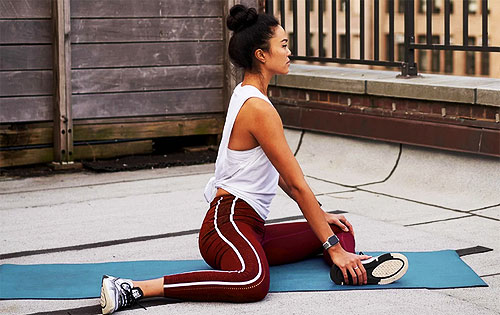
Mobility is an important aspect for daily life and sporting activities. The alternating mobility/stability theory holds that the ankles, hips, thoracic spine and cervical spine are meant to have sufficient mobility to enable correct function. Obviously not everyone has a good level of mobility and most won’t suffer an injury, but this is due to tissue capacity not being exceeded, with load, volume and frequency being important factors in injury determination.
Once injured, however, increased mobility in the necessary joints minimises biomechanical stress to tissues, and allows better, more fluid movement.
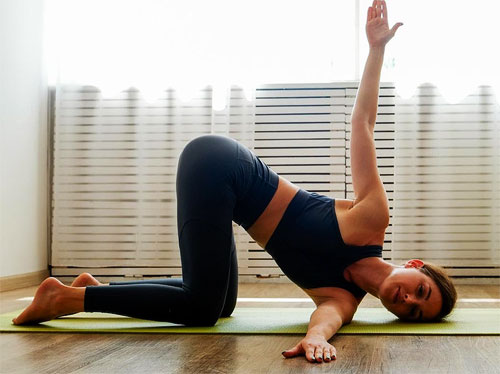
Thoracic mobility is another important element of healthy movement. The various parts of the spine have different movement capabilities. The thoracic spine is meant to roatate and extend freely, which is especially important for rotational athletes, but also allows proper shoulder function in everyone else too. Turning to grab something behind you or to look behind you is best accomplished through the thoracic spine and not the lumbar spine, which has limited rotational ability.
The lumbar spine has been created to allow movement, but is not meant to create movement, which is better performed through the hips (and ankles). Even a rudimentary understanding of human physiology would see that a ball and socket joint has great movement potential. If the lumbar spine was meant to move, then it would be different. The discs are thicker and stronger, to support the weight of the upper body. The ligaments are thicker to minimise flexion, and the facet joints limit rotation and extension. Physiologically, humans are meant to move with the hips.
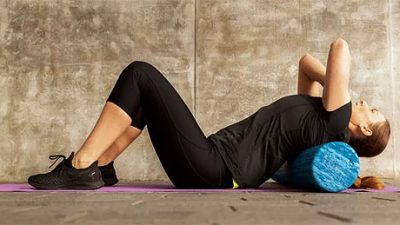
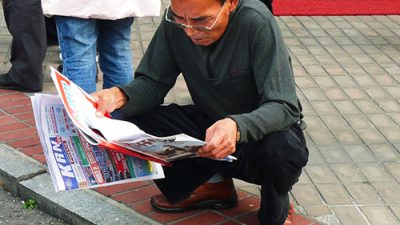
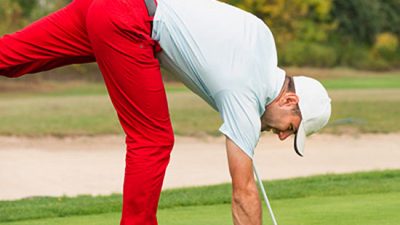
The thoracic spine, hips and ankles are the three major joints of the body that require mobility for function with minimal stress. Many people are caught up in training to develop muscular strength and cardiovascular fitness, but pay little attention to this equally vital component.
Back pain isn’t for life – unless you want it to be.
related articles
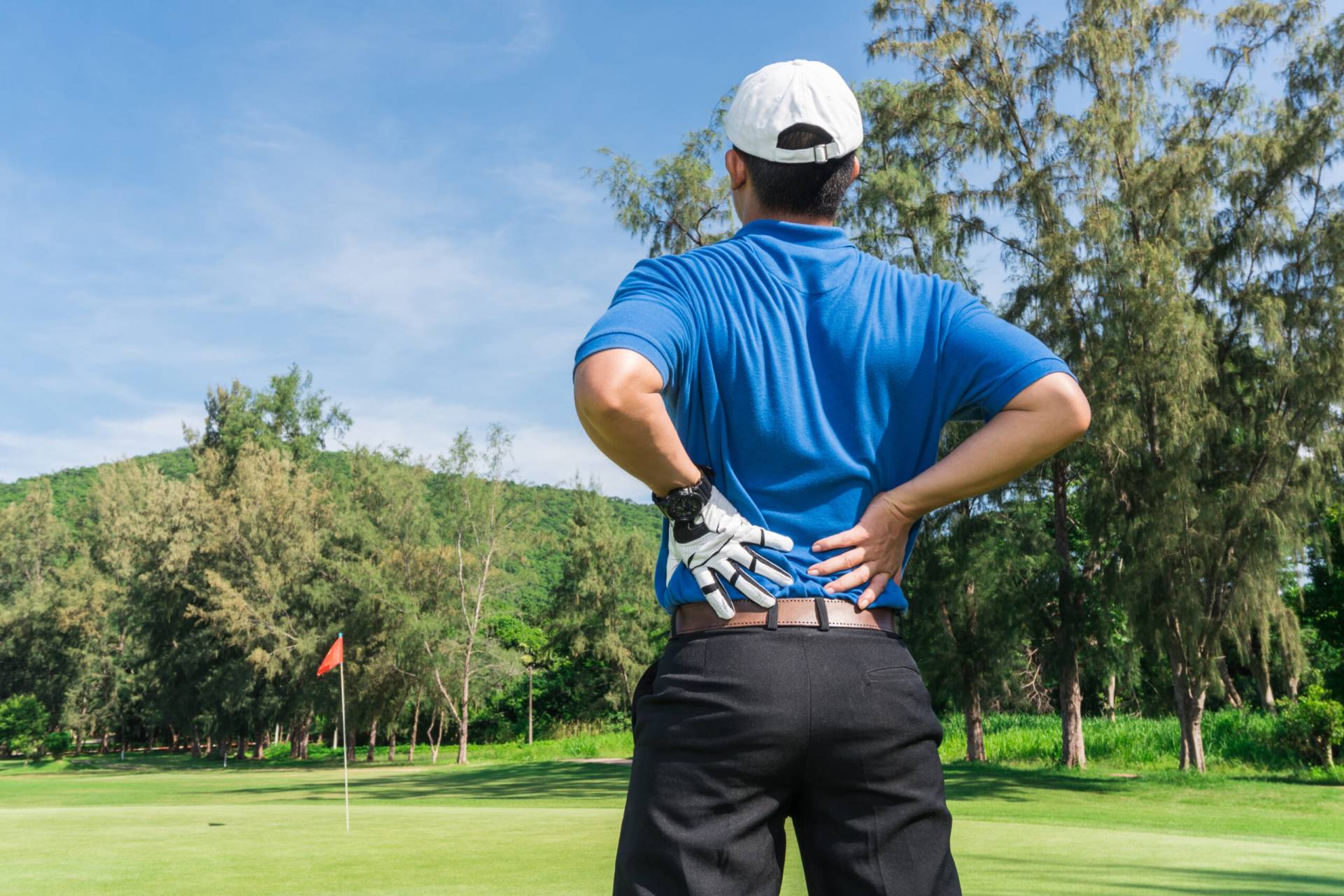
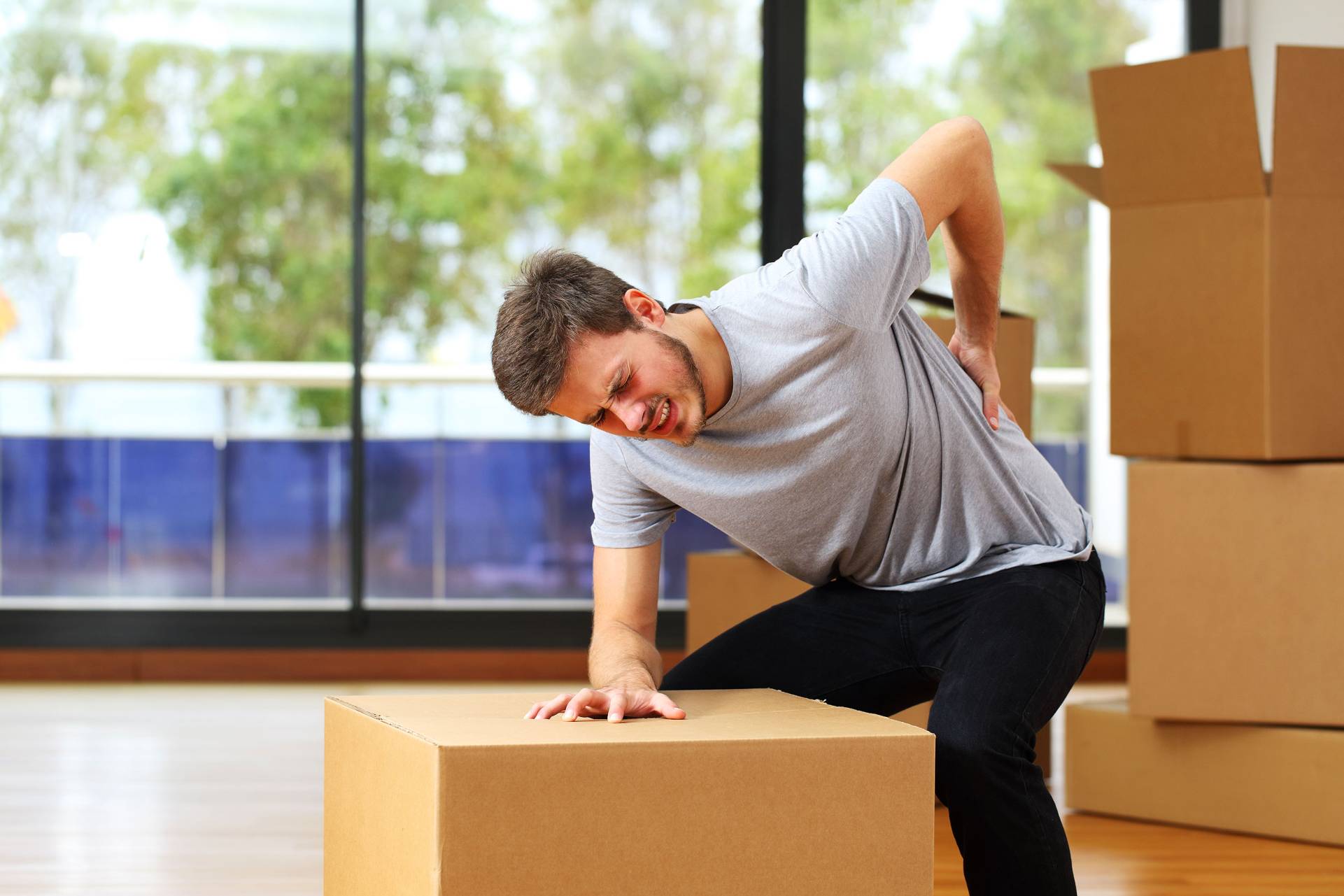
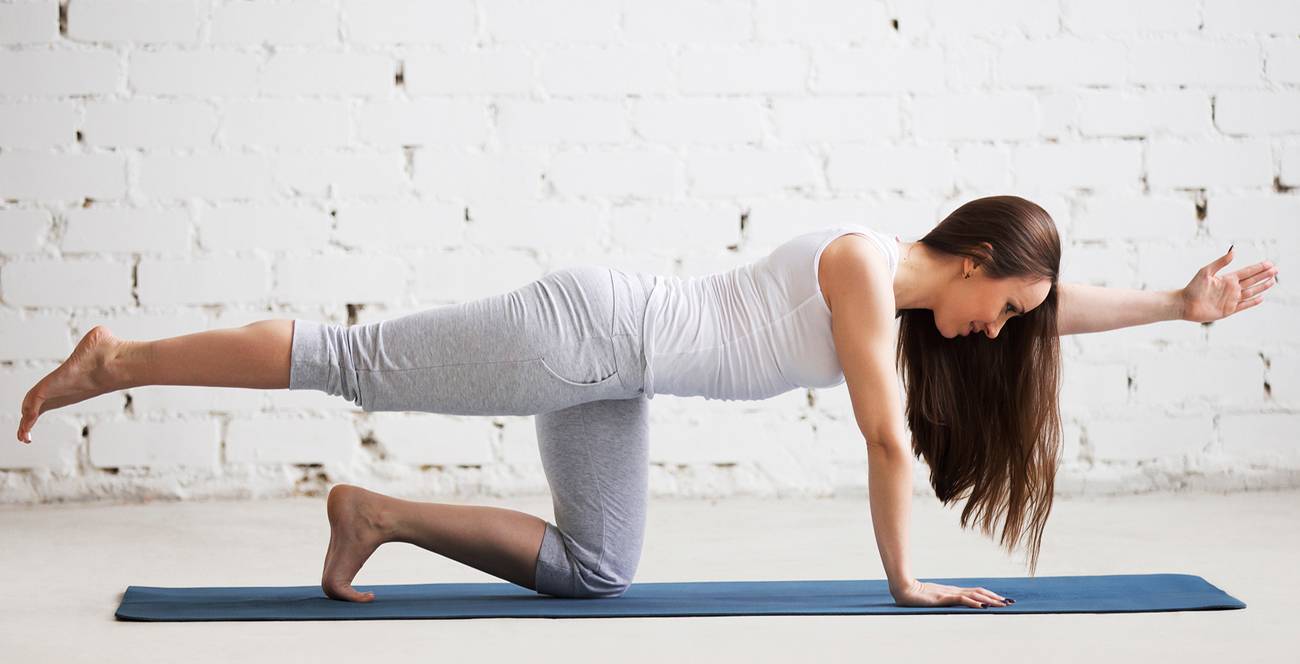
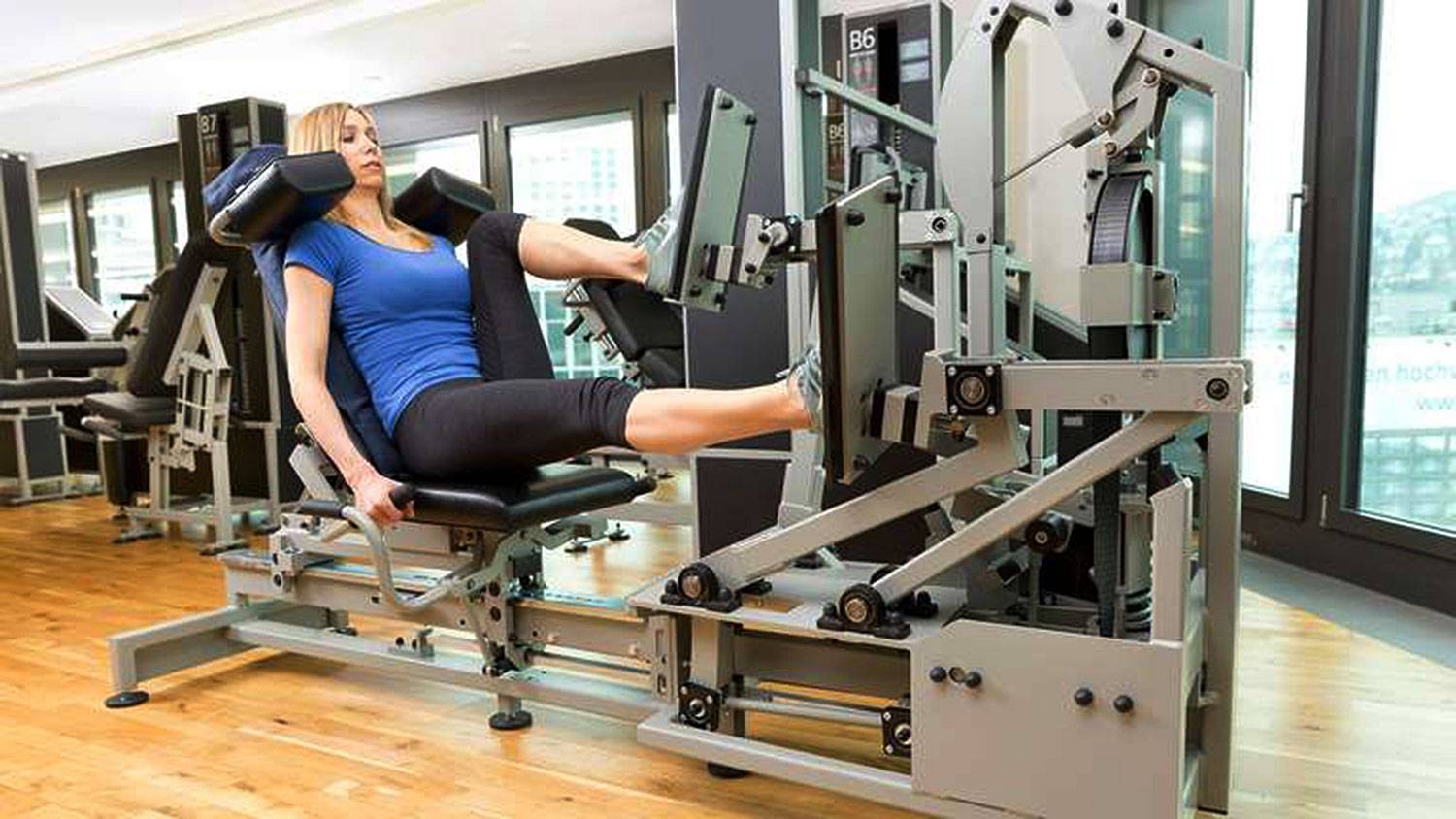
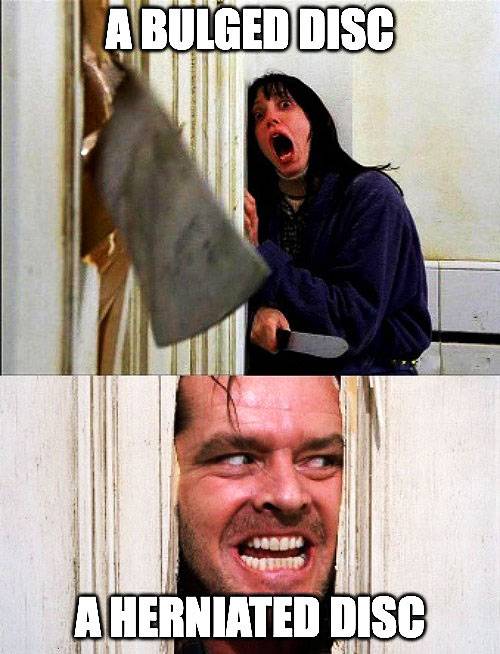
Golf is perhaps the one sport most closely associated with lower back pain. Around 30% of golfers experience back pain during or after golf. Is this related to the actions of the golf swing itself, or other factors?
Disc injury is the most common form of lower back pain. Bulges, age-related degeneration, lateral herniation and end plate injury are the most likely disc injuries, but the most common is a disc bulge.
A lack of core stability is often cited as one of the most common reasons for lower back pain. Most people, even rehab professionals, are ignorant of true core function and its relevance to lower back injury.
Machine-based training is everywhere claiming the best results for treating lower back pain. for some people, it might work, but it is more likely to aggravate the condition further, and will never future-proof your body for some simple reasons.
A slipped disc is a common but inaccurate diagnosis. Discs can herniate, but true herniation is rare. Terminology matters, as it relates to professionalism and rehabilitation.